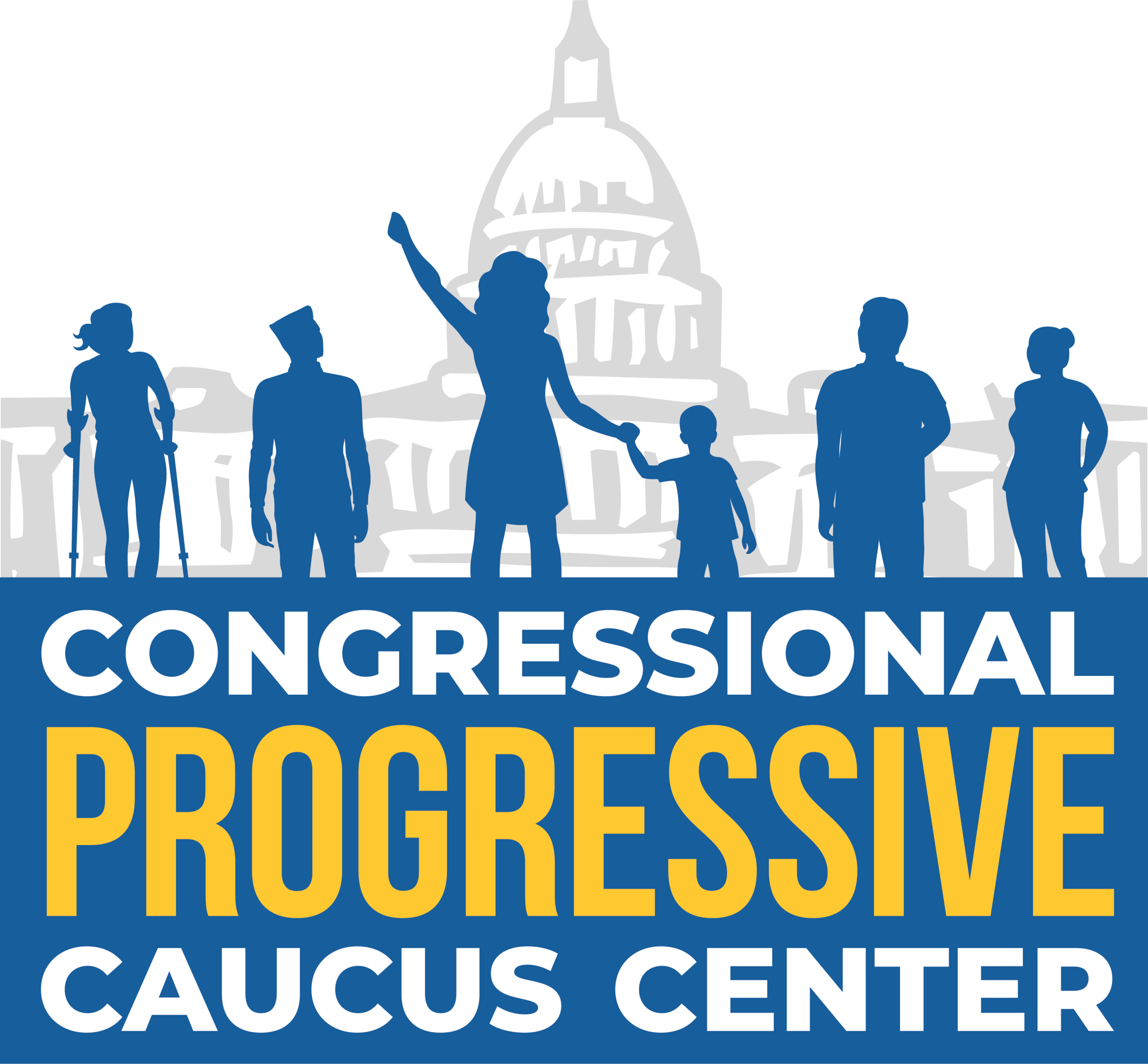April 21, 2025: Markups are coming. Here’s what to watch.
Good morning, all,
House committees plan to start marking up—that is, taking public votes on—their portions of the GOP reconciliation agenda when members return to Washington next week. Below we’ll get into what to look out for as markups commence.
For a refresher on the GOP’s priorities, check out our past updates. For an overview on the reconciliation process, see The Basics of Budget Reconciliation.
Getting into specifics
Earlier this month, Congress approved a budget resolution that directed specific House and Senate committees to craft portions of what will ultimately be one reconciliation package.
However, that resolution only told committees how much money to spend or cut—not how to do so. Committees will have to release legislative text detailing how they’ll achieve their targets in order to begin markups.
For example, there’s been a lot of discussion about the House Energy and Commerce Committee’s directive to cut $880 billion and some Republicans’ insistence that they won’t cut Medicaid to meet that benchmark. That argument has been somewhat sustainable up until this point—although, even the nonpartisan Congressional Budget Office said there’s no way to make $880 billion in cuts without defunding Medicaid.
Now, though, Republicans will have to propose and vote on actual policies, not just dollar amounts. This, in turn, will allow stakeholders to point out proposals and votes that will help—or harm—specific communities.
While GOP committee leaders aren’t likely to reveal those proposals until a couple days before the markups, the table below details committees’ directives and the policies Republicans could put forward to achieve them.
What to watch from Democrats
Markups also provide Democrats’ first real opportunity to put Republicans on the record in support or opposition to specific policies and outcomes.
Historically, the minority party achieves this by proposing amendments. To be clear: the likelihood of minority-party amendments actually ending up in the bill is slim to none. Committee compositions are lopsided in favor of the majority, so there are more Republicans on the committees above than there are Democrats—making it very hard for the majority to lose votes. On top of that, members are highly discouraged from crossing party lines during these votes.
Because majority-party defections are verboten, members of the minority have historically used amendments to force votes that put majority party members on the record on key issues, even if the votes are destined to fail.
For example, during the 2017 Republican effort to repeal the Affordable Care Act (ACA), Democrats forced votes to block tax hikes on families, protect veterans’ care, prevent hospital closures, and much more. All of these amendments failed, but forced Republicans to take public positions. In addition, amendments generated prolonged debates—in one case, a markup lasted 27 hours straight—and that, in turn, generated press coverage and public attention to the effort to repeal the ACA.
If past is prologue, we’ll likely see another big push to both force these kinds of amendment votes and make sure the public hears about them. That can be a heavy lift, especially when we’re talking about committee activities buried on CSPAN 2 at best.
So, getting people’s eyes on this means folks all over the country—like you—talking about it.
We’ll keep you posted as markups commence and let you know what to watch next!


